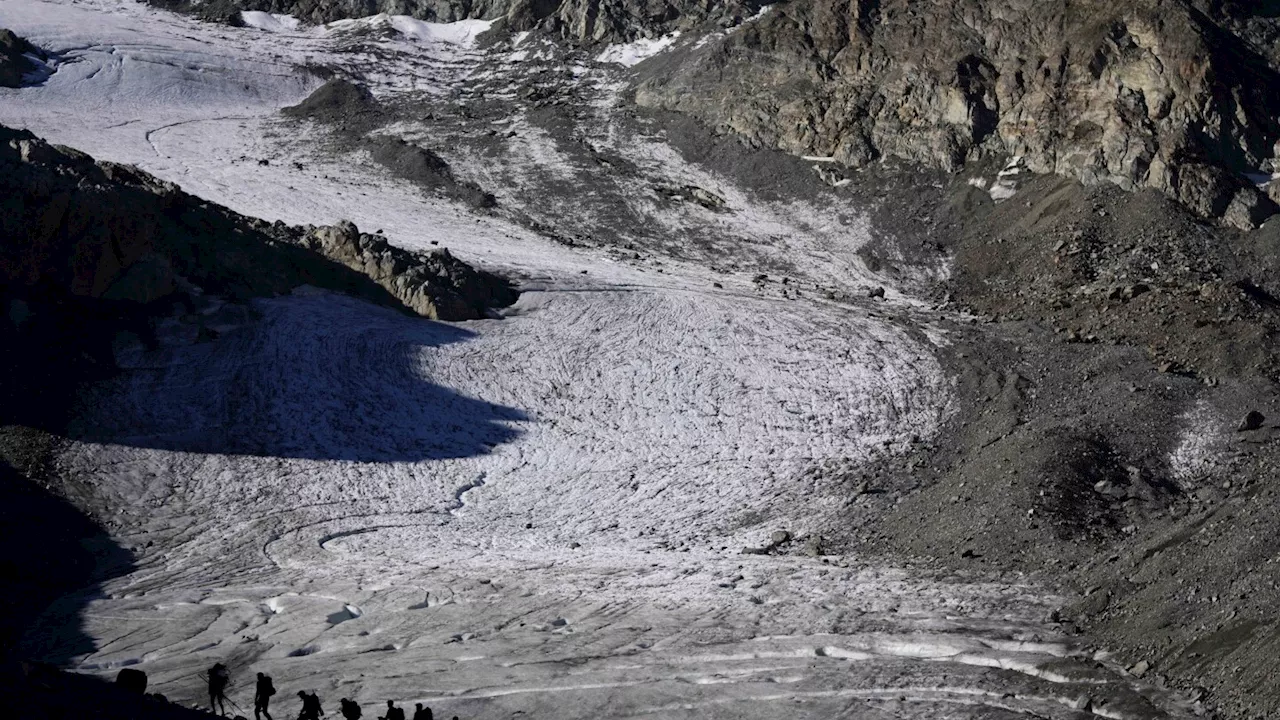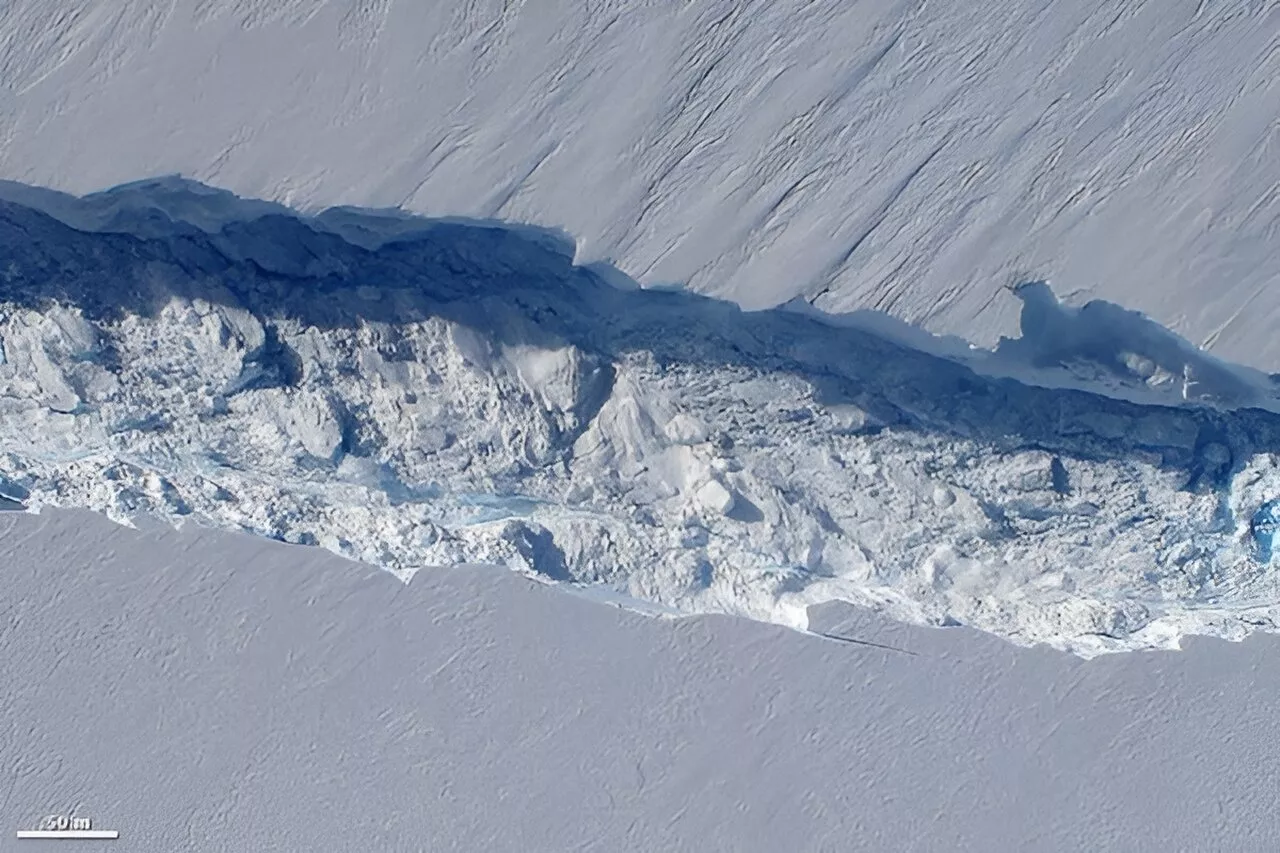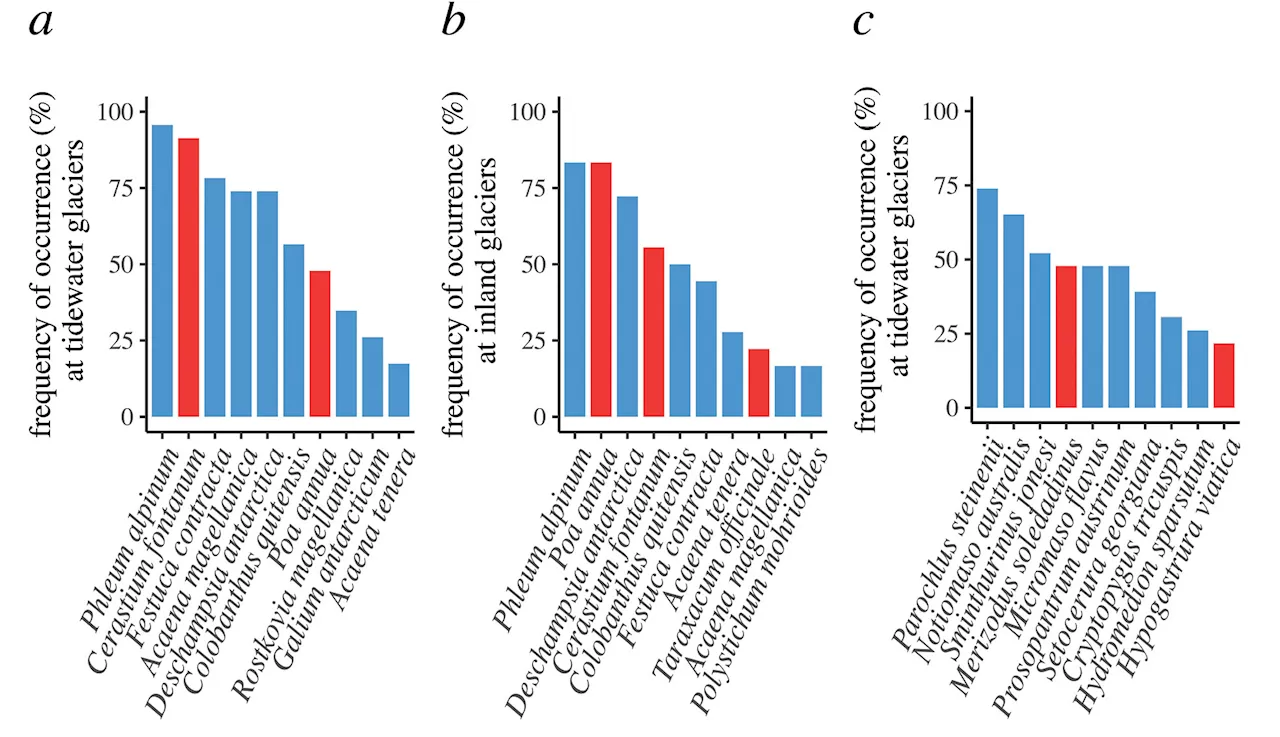Glaciers? Gophers? Earthquakes? After more than a century of digging, scientists have never agreed on what formed one of the world’s most bizarre landforms.
Hundreds of hills measuring as much as seven feet tall and 40 feet across dot the the Mima Prairie in southwest Washington State. Known as Mima mounds, these natural phenomena can be found in nearly every state west of the Mississippi River—and yet scientists are still stumped as to what caused them.
They’re not alone. Similar undulations have appeared on pastures in nearly every other state west of the Mississippi River and even in other countries, such as South Africa. But in 1942, a student at the University of Washington and a U.S. Fish and Wildlife Service biologist came to a jarring conclusion that nevertheless had staying power: InA trail winds through the Mima mounds at Mima Prairie in Thurston County. Some scientists have hypothesized that gophers may have been responsible for creating these mysterious mounds.This aerial photo reveals the mysterious patterns on the ground of the Mima Prairie.
He did so by looking at the role gophers play in maintaining the Mima mounds found in California. Using data from athat showed how a flat field would change over hundreds of years with randomly distributed gophers burrowing away.
This scientific narrative jibes loosely with the area’s Native oral history. Upper Chehalis knowledge keepers have said a flood left behind mounds shaped like waves. Another traditional story says a rush of water brought whales and porpoises onto the land, which created humps in the terrain. To be clear, Mima mounds, even within the same region, aren’t all identical. Dan Coe, graphics editor for the Washington Geological Survey, has created maps of the. Though some of the mounds he’s spotted in other parts of the Pacific Northwest do resemble the little hills in the Mima Mounds Natural Area Preserve, others are longer and shorter. None match the sheer repetition of circular and elliptical forms.
United Kingdom Latest News, United Kingdom Headlines
Similar News:You can also read news stories similar to this one that we have collected from other news sources.
 Austria likely to be largely ice-free within 45 years as glaciers recede quickly, experts sayExperts say Austrian glaciers receded last year at a rapid pace and the Alpine country is likely to be largely ice-free in 40 to 45 years
Austria likely to be largely ice-free within 45 years as glaciers recede quickly, experts sayExperts say Austrian glaciers receded last year at a rapid pace and the Alpine country is likely to be largely ice-free in 40 to 45 years
Read more »
 Austria likely to be largely ice-free within 45 years as glaciers recede quickly, experts sayExperts say Austrian glaciers receded last year at a rapid pace and the Alpine country is likely to be largely ice-free in 40 to 45 years
Austria likely to be largely ice-free within 45 years as glaciers recede quickly, experts sayExperts say Austrian glaciers receded last year at a rapid pace and the Alpine country is likely to be largely ice-free in 40 to 45 years
Read more »
 Austria likely to be largely ice-free within 45 years as glaciers recede quickly, experts sayExperts say Austrian glaciers receded last year at a rapid pace and the Alpine country is likely to be largely ice-free in 40 to 45 years. The Austrian Alpine Club said Friday that, of the 93 glaciers its volunteers measured and observed, all but one receded in 2022-2023.
Austria likely to be largely ice-free within 45 years as glaciers recede quickly, experts sayExperts say Austrian glaciers receded last year at a rapid pace and the Alpine country is likely to be largely ice-free in 40 to 45 years. The Austrian Alpine Club said Friday that, of the 93 glaciers its volunteers measured and observed, all but one receded in 2022-2023.
Read more »
 How melting glaciers could help stop global warmingResearchers want to use the ultrafine rock particles left by eroding glaciers — called “rock flour” — to suck climate-warming carbon from the air.
How melting glaciers could help stop global warmingResearchers want to use the ultrafine rock particles left by eroding glaciers — called “rock flour” — to suck climate-warming carbon from the air.
Read more »
 Why artificial submarine curtains won't save West Antarctica's retreating glaciersSome researchers have recently proposed the construction of artificial structures—submarine curtains or walls—to stop the warming ocean from getting to the most rapidly melting glaciers in West Antarctica.
Why artificial submarine curtains won't save West Antarctica's retreating glaciersSome researchers have recently proposed the construction of artificial structures—submarine curtains or walls—to stop the warming ocean from getting to the most rapidly melting glaciers in West Antarctica.
Read more »
 Melting glaciers in a warmer climate provide new ground for invasive speciesInvasive species have rapidly colonized new ground exposed by melting glaciers in the sub-Antarctic island of South Georgia, according to new research.
Melting glaciers in a warmer climate provide new ground for invasive speciesInvasive species have rapidly colonized new ground exposed by melting glaciers in the sub-Antarctic island of South Georgia, according to new research.
Read more »
